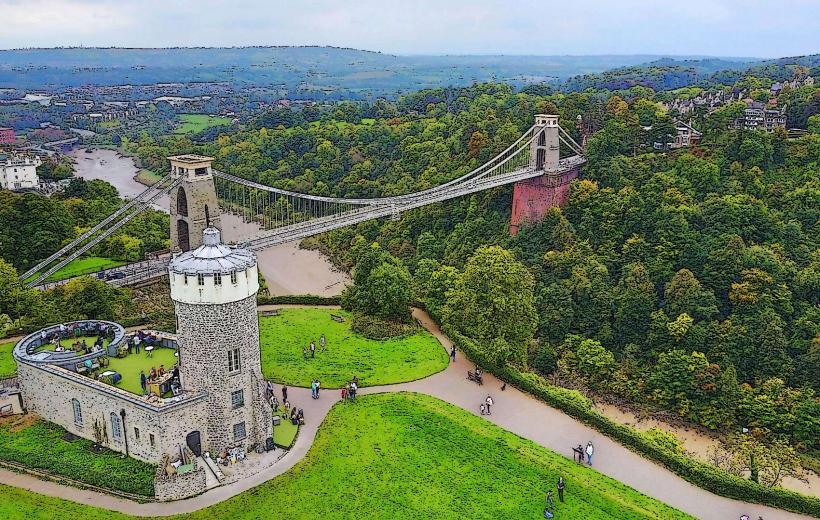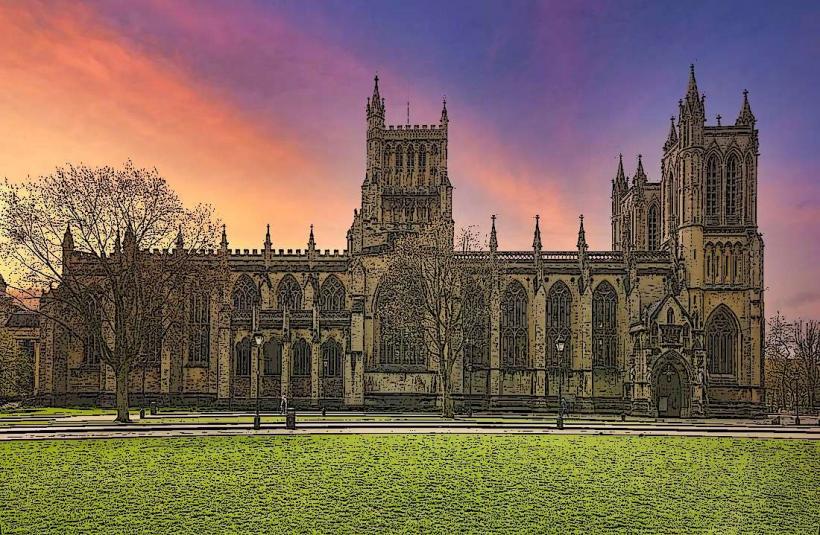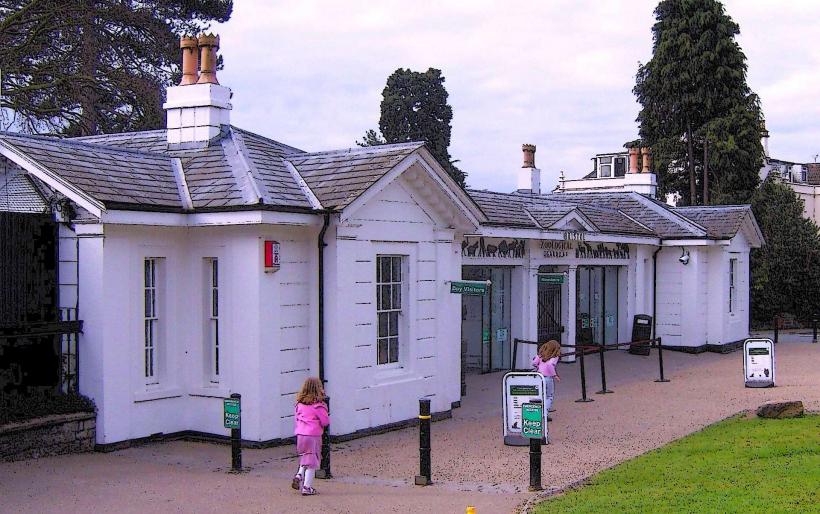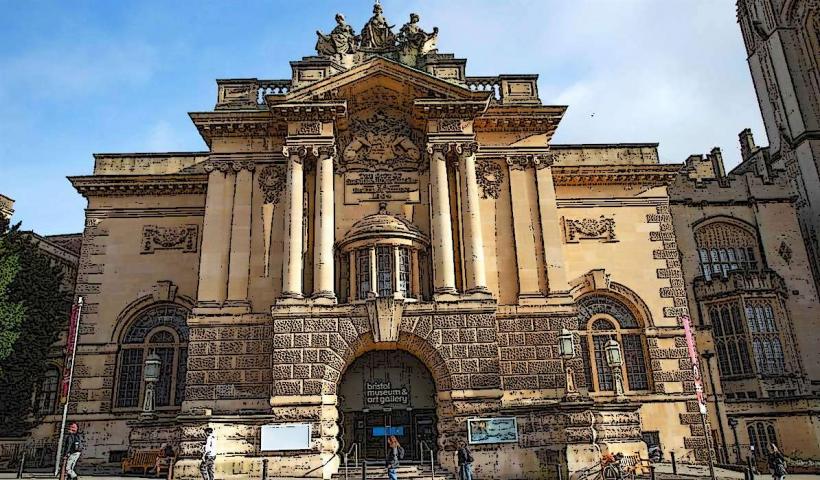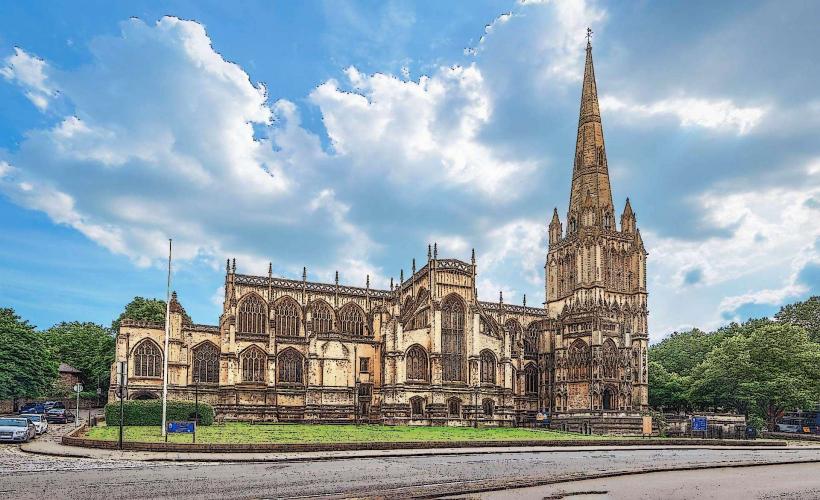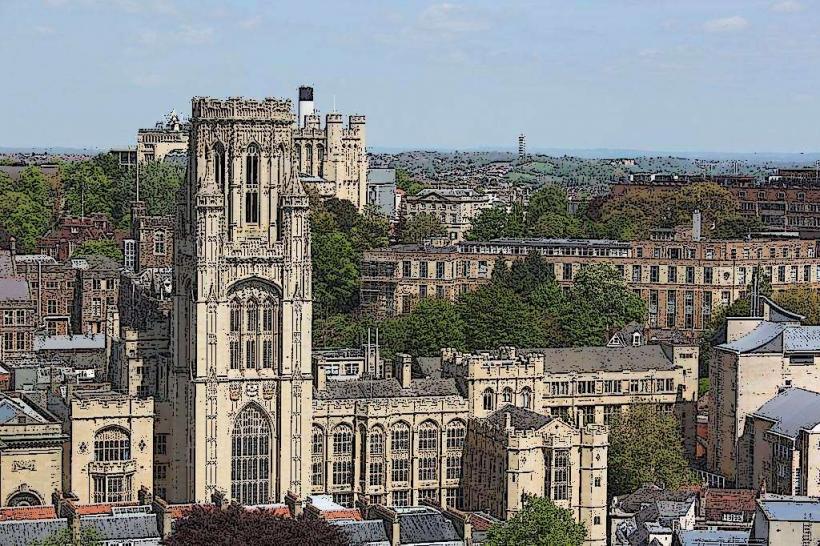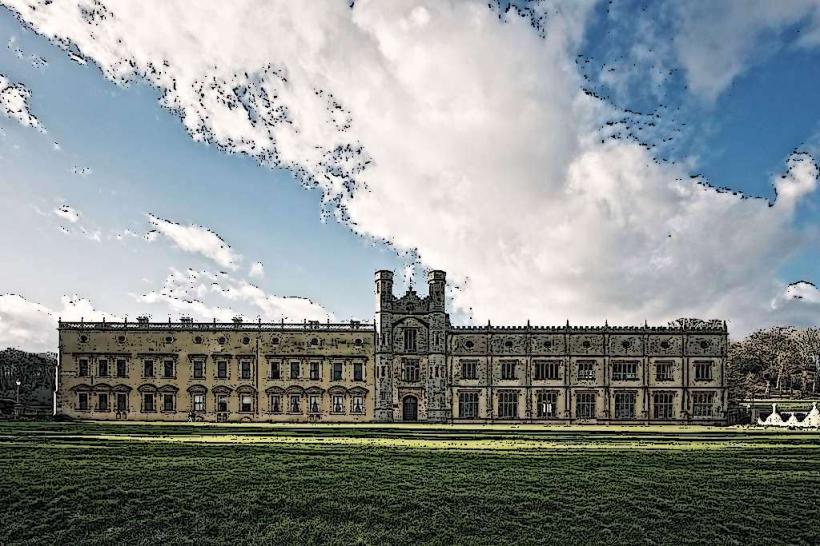Information
Landmark: Cabot TowerCity: Bristol
Country: United Kingdom
Continent: Europe
Cabot Tower is a prominent landmark located in Brandon Hill Park in Bristol, England. Standing at 105 feet (32 meters) tall, it offers one of the best panoramic views of the city and its surroundings. The tower is named after John Cabot, the famous Venetian explorer who is traditionally credited with discovering North America in 1497 during his expedition to what is now Canada, under the commission of King Henry VII of England.
History of Cabot Tower
1. Construction and Opening
The Cabot Tower was built to commemorate the 400th anniversary of John Cabot’s famous voyage. Construction began in 1897, and the tower was completed and opened to the public in 1900. It was part of a wider effort to celebrate Bristol’s maritime heritage and its connection to the world of exploration and discovery.
The tower was designed by the architect William Venn Gough in the Victorian Gothic style, and it incorporates elements that are symbolic of Bristol’s history, particularly its importance as a maritime city.
2. Commemoration of John Cabot
John Cabot’s legacy as an explorer was a key reason for the construction of the tower. His voyage from Bristol to the Newfoundland coast of Canada in 1497 is one of the most significant events in the history of British exploration. The Cabot Tower serves as a tribute to his contributions, even though the exact details of Cabot’s landing are somewhat unclear.
The tower was designed with a bronze plaque at the base to commemorate John Cabot, and an inscription on the tower itself reflects his role in history. Over time, the tower has become a symbol of Bristol’s maritime and exploratory heritage.
3. Design and Architecture
The tower is built of red sandstone and rises to a height of 32 meters (105 feet), with six levels that visitors can explore. The design of the tower features narrow windows and spiraling staircases, typical of Victorian towers, offering an almost castle-like aesthetic.
The design is not just symbolic but practical. The tower was intentionally built on Brandon Hill, one of the highest points in the city, ensuring that its views would be expansive and awe-inspiring. The strategic location of the tower further emphasizes the theme of discovery and exploration.
4. The Views
One of the primary attractions of Cabot Tower is the breathtaking panoramic view it offers. From the top of the tower, visitors can enjoy an almost 360-degree view of the city and the surrounding area, including:
- Bristol’s Historic Center: Visitors can spot the distinctive spires of Bristol Cathedral and the city’s harbourside.
- Clifton Suspension Bridge: The iconic Clifton Suspension Bridge, designed by Isambard Kingdom Brunel, is visible from the tower, linking the city of Bristol with the village of Clifton.
- Bristol Channel: On a clear day, visitors can see out towards the Bristol Channel and the Severn Estuary.
- Surrounding Hills: The Cotswold Hills and the Mendip Hills in the distance can also be seen from the tower’s viewing platform.
5. Visiting Cabot Tower
Access: Visitors can access Cabot Tower via Brandon Hill, a public park located near the city center. The park itself is one of the oldest green spaces in Bristol, and it has undergone several renovations over the years. Visitors to the tower can enjoy the surrounding gardens, which feature beautiful greenery, trees, and pathways, making the area perfect for a day out.
Admission: There is no charge for accessing the grounds of Brandon Hill Park or the Cabot Tower. The tower is open to the public and allows free entry, though it may be closed for maintenance or during adverse weather conditions.
The Viewpoint: Reaching the top involves climbing a spiral staircase, which can be quite narrow, but it is manageable for most people. Once at the top, visitors are rewarded with a spectacular view of the city and beyond. The experience is especially beautiful at sunrise or sunset, when the light casts a golden glow over the landscape.
6. Renovations and Conservation
Restoration Efforts: Over the years, Cabot Tower has undergone various restoration projects to preserve its structure and ensure its safety. In 2002, the tower was closed for a period of repairs, and it was reopened after work to restore its appearance and reinforce the tower’s internal structure. It continues to be an important landmark for the city, with periodic maintenance to ensure that it remains safe for visitors.
Heritage Status: The tower is a Grade II listed building, meaning it is officially recognized for its historical and architectural importance. This listing ensures that any future alterations or repairs must respect its original design and heritage value.
Cultural and Historical Significance
Cabot Tower not only commemorates the achievements of John Cabot but also celebrates Bristol’s rich maritime history, particularly its connection to exploration. During the Victorian era, the tower became a focal point for both locals and visitors, symbolizing Britain’s maritime strength and its history of exploration during the Age of Discovery.
The tower also ties into Bristol’s long-standing association with global trade, exploration, and the movement of people and goods. The idea of discovery and exploration is deeply embedded in the identity of the city, making Cabot Tower an important cultural symbol for Bristolians.
Fun Facts About Cabot Tower
Famous Visitor: In the early 1900s, the tower became a popular spot for tourists, and it is believed that J.R.R. Tolkien, the famous author of The Lord of the Rings, visited the tower while he lived in Bristol. The tower’s winding staircases and panoramic views are thought to have inspired aspects of his works.
Cabot’s Voyage: The plaque at the base of the tower commemorates the voyage of John Cabot. Although Cabot’s exact landing place is uncertain, his journey was monumental in the history of European exploration in North America. He is often credited with being the first European to reach the North American continent since the Vikings.
Nearby Attractions
Cabot Tower is situated in Brandon Hill Park, which is also home to several other attractions, including:
- Brandon Hill: A historic park with gardens, walking paths, and scenic views.
- Bristol Cathedral: A beautiful Gothic cathedral located nearby, offering a rich history and stunning architecture.
- Clifton Suspension Bridge: A famous bridge designed by Isambard Kingdom Brunel, offering incredible views of the Avon Gorge and the city.
- Bristol’s Harbourside: A vibrant area with museums, galleries, and restaurants located along the historic docks.
Conclusion
Cabot Tower is an iconic part of Bristol’s skyline, offering spectacular views and a sense of connection to the city’s maritime and exploratory heritage. Whether you're interested in its history, architectural design, or simply looking for a beautiful spot to take in panoramic views of the city, Cabot Tower remains a must-see landmark in Bristol.

